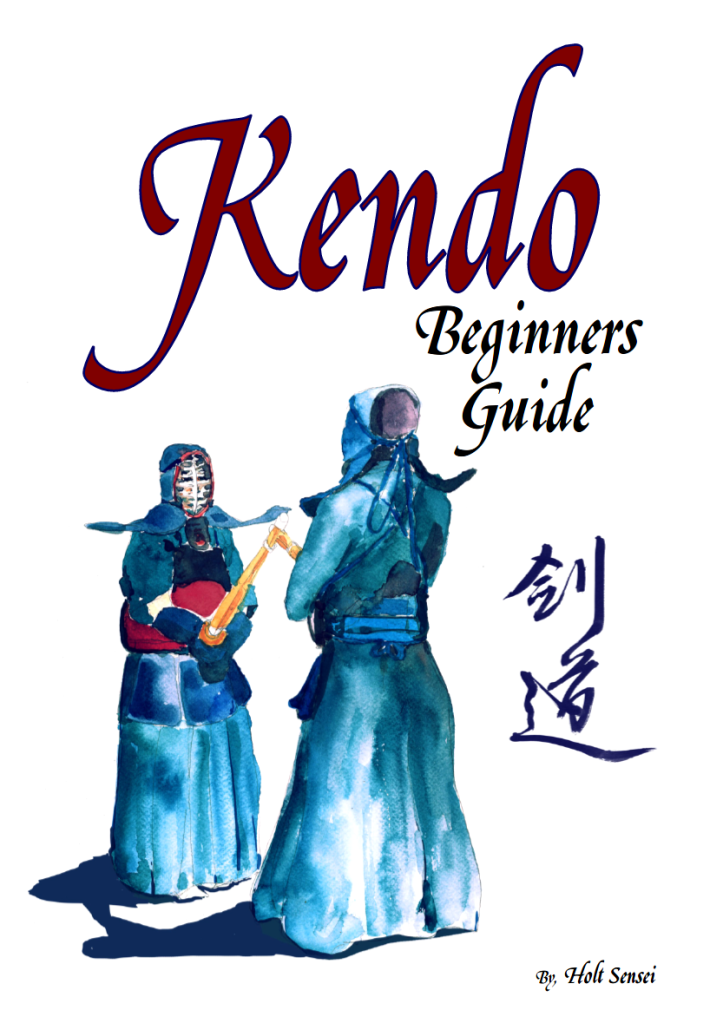If you are interested in starting kendo, please read this section carefully, take a look around our website and Facebook page for more information. Please register for the beginners course, and a first class might be offered as a free taster.
Detailed Information
- Beginners are accepted three times a year (Winter, Spring, and Autumn) and are expected to attend at least 8 consecutive Monday classes.
- The course fee covers the necessary equipment, BKA registration costs with a temporary membership, and hall fees.
- After the 8 classes are up, those successfully completing the course may become a full EKC member, and join any and all adult classes (any mix of Mondays/Wednesdays/Fridays).
- If a class is cancelled by the club officers (due to a holiday or unforeseen circumstances), a class will be added in lieu at the end of the course.
- In reasonable cases, an absence from a class can be also claimed after the course has ended.
NB. Due to the structured way the course is ran, in case of more than 3 missed classes (2 if unexcused) we reserve the right to refund you the unused hall fees, and cancel your further participation in the course.
Course Content
During those 8 classes, a beginner will be practicing the following:
- Reiho (etiquette)
- Suburi (cutting action)
- Ashisabaki (footwork)
- Tenouchi (correct grip)
- Datotsu (correct cutting)
- Kirikaeshi (Basic cutting and blocking practice).
You should expect a typical lesson to be up to 90 minutes. Most lessons will include at the end a Mitori-geiko section (watching practice), where you can watch more experienced members in a free practice.
Costs
The most up to date course fees are listed on our FAQ page.
Equipment
- You should wear a loose t-shirt and tracksuit bottoms. We train in bare feet on a clean sprung gym floor.
- Beginners will be advised when to buy their own kendo-gi (jacket) and hakama (trousers).
- You should expect to practice for a few months before bogu (kendo armour) may be worn. We will offer you a bogu try-out session before moving towards and purchasing your own armour.
- At the end of the course: Assuming you have attended all 8 classes, you may wish to become a full member of the club – details and fees can be found on our FAQ page.
We work with the following martial arts equipment websites. You can find examples for the kendogi and bogu, here:


If you’re interested to find out what is expected at each level then the following link will help.
It is the official grading guidelines released by the British Kendo Association (BKA).

If you’d like more resources, the BKA’s webpage on resources has a good variety of information (http://www.britishkendoassociation.com/resources/).
A beginner’s booklet was written and released by the late Terrry Holt 7th dan sensei which would be of great help to you

If you’re interested in obtaining information about kendo kata please refer to this video.
It’s an official video released by the ZNKR (Zen Nihon Kendo Renmei – All Japan Kendo Federation) where they demonstrate the official guidelines for the forms, break down the common mistakes, slow down the kata, and also show the kamae (postures) from different angles.
Aside from reviewing your kata, we highly recommend practicing suburi (swings) at home with a mirror in front of you to get direct feedback on what you’re doing vs what you think you’re doing.
A good source of information for practicing at home can be found on a video by Andy Fisher, an ex team GB member, and assistant coach to the current GB team.